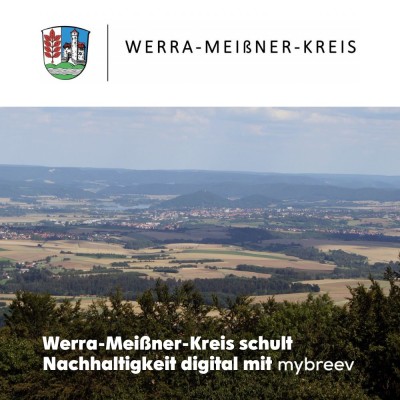Unleashing the full potential: Creative leadership
In modern and agile companies, classic leadership styles hardly stand a chance today. The reason: The changing demands on the work environment require new forms of employee leadership. In this context, creative leadership is becoming increasingly popular. And not without reason: If creative leadership is implemented correctly, it can unleash hidden potential and sustainably increase creativity within the team. But what does creative leadership actually mean? And how does it differ from classic leadership methods?
The role of the manager in change
The leadership style itself already says a lot about the manager, but also about the company and its culture. With the growing focus on creativity and agility, traditional leadership styles such as authoritarian or even bureaucratic leadership have increasingly fallen behind. After all, anyone who wants to survive in today's ever faster-changing world has only one goal: to use change as an opportunity through commitment and creativity. This means that the role of the manager is also changing: Today, his or her task no longer consists exclusively of managing employees and coordinating individual functions - a creative manager must encourage his or her team to develop and contribute their own ideas and concepts in order to develop their full potential and actively shape the future of the company. And this applies to all areas of working life.
A necessary paradigm shift
This makes the move to creative leadership a necessary paradigm shift in order to be prepared for the future as a company. In contrast to classic leadership styles, creative leaders must promote cross-functional collaboration and acknowledge the ideas of others. A positive culture of error, open exchange and a high degree of transparency are just some of the important characteristics of creative leadership. Prepare your leaders for these challenges: In our e-learning "Creative Leadership", we highlight the special features and importance of creative leadership and show which techniques managers can use to actively involve their employees.































